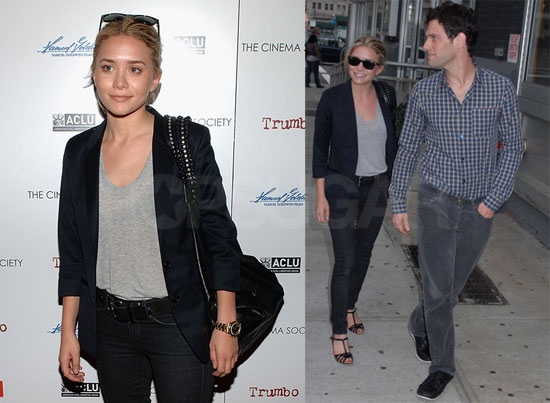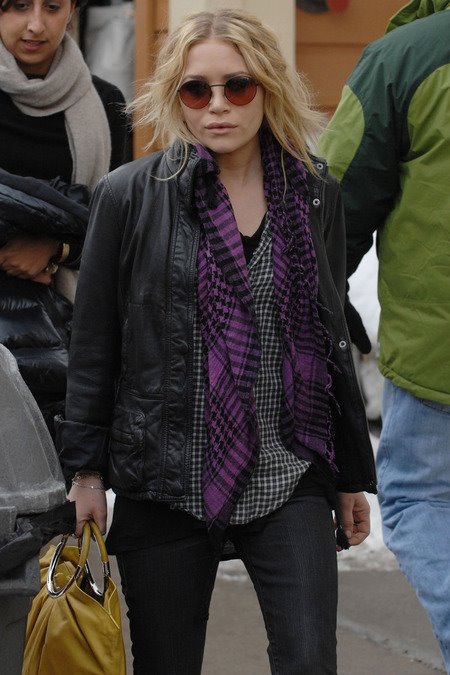
This garment was created by Anna Sui in collection 2009 ready to wear. She got the inspiration from stack of books, inspiration boards and piles of 1890’s in order to get jewelry’s inspire from Erickson Beamon. She wants the girl who wear the dress look like to have fun.

This garment came from Alexander McQueen. His spring collection 2009 ready to wear resolved conflicting tensions in a presentation, staged in the round in the Cirque d'Hiver, that framed all his romantic, historicist accomplishments without veering too far in either direction.

This is Christian Dior 2008 couture collection ready to wear. It composes with the big coats, wasp waists, nipped jackets, circle skirts, tulle dance dresses, architectural gowns cut from spiraling lace and jutting scrolls of crinoline. It was a classic and combining the indelible fifties inspiration of Lisa Fonssagrives.

Michale Kors fall 2007 ready to wear collection. Sportswear has become one of Fall's buzzwords, and Michael Kors was not only in his element but in top crowd-pleasing form. Working in a palette of soft, flattering (read: salable) neutrals, with shots of safety orange and caution yellow, he laid the cashmere on thick. A knit dress shaded from cream to chestnut. An oversize face-framing cowl-neck pullover peaked out from beneath a Donegal tweed swing coat. And other sweaters, with plunging V-necks and deep keyholes, made an erogenous zone of the back.

Balenciaga Fall 2006 Ready to wear collectio
Ghesquière's woman, in her amazing wardrobe of short, molded checked tweed suits with stand-away collars, rounded coats and mind-blowingly wrought evening dresses, radiated a powerful modernity. Elevating his models to a towering height with tall hats and vertiginous platform boots, Ghesquière's vision created extraordinary volumes and new proportions using fabrics that are rarely seen outside haute couture.

Valentino Fall 2009 couture collection
Maria Grazia Chiuri and Pier Paolo Piccioli, Valentino's former accessory designers. The pair of their former boss and their first outing was so stiff and reverent it seemed as though the house would be fossilized in the past. The pair of breaking away into a collection of pretty (but not too saccharine) black, lacy, ruffled dresses that, layered over nude, had much more delicacy and leggy youthfulness. Some of them had the simplicity of T-shirts; others came with short dance skirts, bustled and ruffled and sometimes glinting with muted silver beading.







